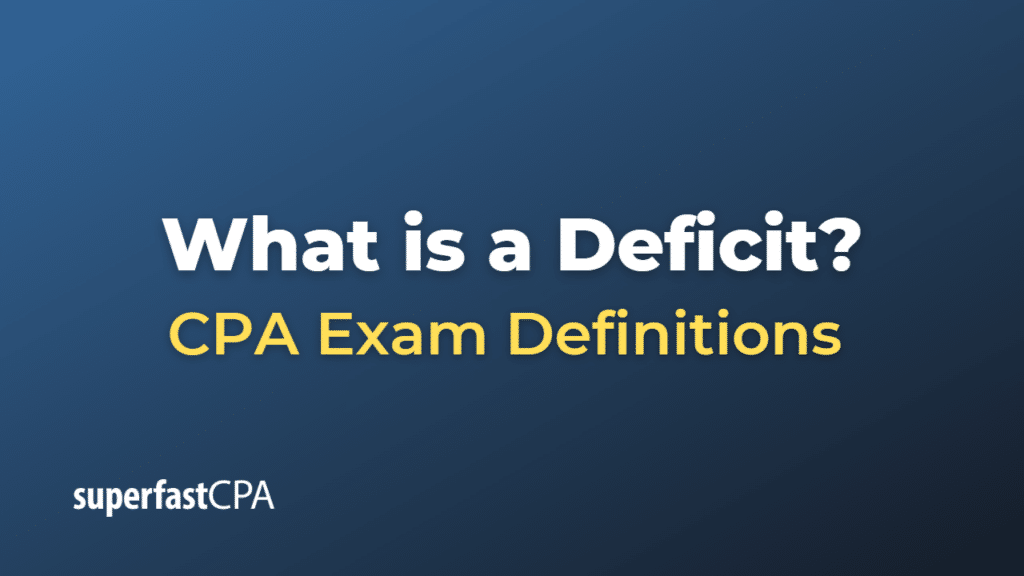Deficit
A deficit is a shortfall or difference between an entity’s income and its spending over a particular period. It’s commonly used in discussions about government budgets but can apply to any situation where expenses exceed income, including businesses and personal finances.
When a government spends more than it receives in revenue during a fiscal year, it runs a budget deficit. This is usually covered by borrowing, often through issuing bonds. Over time, the accumulation of yearly budget deficits adds to a country’s national debt.
Similarly, in business, if a company’s expenses exceed its revenues, it runs a deficit. This could be covered by borrowing, selling assets, issuing new shares, or other means. If a company continually operates at a deficit, it may eventually face bankruptcy.
For individuals, a deficit occurs when personal expenses exceed income. This is typically covered by using savings, borrowing (such as using credit cards or loans), or selling assets. Continual personal deficits can lead to significant debt problems.
It’s important to note that while running a deficit can sometimes be necessary or strategically sound (for example, to stimulate economic growth in the case of a government, or to invest in future growth for a business), continual deficits that lead to unsustainable debt levels can pose serious financial risks.
Example of a Deficit
Let’s consider both a government and a personal finance example:
- Government Deficit: Let’s say the government of Country A has budgeted revenues (from taxes, fees, etc.) of $1 trillion for a given fiscal year, but its expenditures (for social services, infrastructure, defense, etc.) are $1.2 trillion. In this case, Country A has a budget deficit of $200 billion ($1.2 trillion – $1 trillion) for that fiscal year. The government would typically finance this deficit by borrowing, adding to the country’s national debt.
- Personal Deficit: Now, consider an individual named John. John earns $4,000 a month after taxes, but his monthly expenses (rent, groceries, car payments, utilities, entertainment, etc.) total $4,500. Therefore, John has a personal deficit of $500 per month ($4,500 – $4,000). To cover this deficit, John might use his savings, use a credit card, or take out a loan. If he continually spends more than he earns, John could find himself in significant debt.
These examples illustrate that a deficit refers to a situation where spending exceeds income or revenue. It’s important to recognize that while occasional deficits can be managed, sustained deficits can lead to substantial debt and potential financial trouble.













